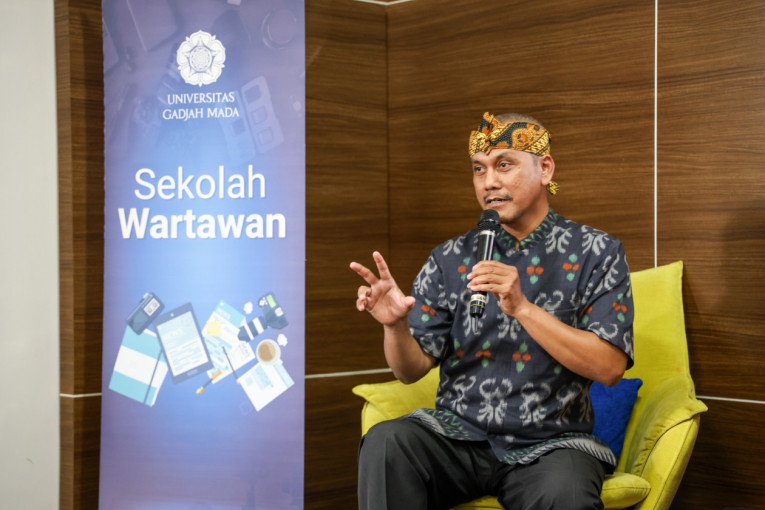
The tradition of “mudik,” returning to one’s hometown during Eid al-Fitr, has been a long-standing cultural phenomenon. Millions of people travel to their ancestral villages to reunite with family.
The Indonesian Coordinating Ministry for Human Development and Culture estimates that around 193.6 million people will participate in the Eid al-Fitr homecoming this year, an increase of about 60 percent compared to 2023.
Destha Titi Raharjana, a researcher at the UGM Center for Tourism Studies, stated that the mudik tradition can have a multiplier effect on the economy of the destination areas.
Each traveler represents a potential tourist who will have the opportunity to visit tourist destinations and spend money along the journey, thus stimulating micro, small, and medium-sized enterprises.
“The Eid al-Fitr homecoming can boost the tourism sector. Besides returning to their hometowns, travelers have the chance to explore tourist attractions, thereby increasing the income of the local community,” Destha Raharjana said during Sekolah Wartawan themed “The Mudik Phenomenon and its Impact on the Tourism Sector” on Thursday (Mar. 28).
In addition to increasing local revenue through tourism entrance fees and parking fees, the mudik flow also boosts local consumption and household spending.
Therefore, the government, service providers, and tourism stakeholders must ensure the growth of a comfortable tourism ecosystem for visitors to realize responsible tourism destinations.
“Tourism service providers must serve proportionally, avoiding tarnishing the tourism image by raising prices opportunistically or providing inadequate services,” Raharjana explained.
He emphasized the importance of avoiding actions that could make tourists uncomfortable. Tourism-conscious groups must maintain a positive image of tourist locations.
“Service providers and travelers need to prepare everything carefully to ensure adequate services and avoid disappointments,” he added firmly.
According to the Ministry of Transportation’s survey, the peak of the mudik flow will occur from April 5-7, with the return flow expected on April 14-15. The three provinces that are the main destinations for the Eid al-Fitr homecoming are Central Java, with 31.8%; East Java, with 19.4%; and West Java, with 16.6%.
Meanwhile, in the Yogyakarta Special Region (DIY), the DIY Transportation Agency estimates that around 6.5 million travelers will enter DIY.
Furthermore, the mudik flow and the number of tourists during the Eid holiday are predicted to increase compared to previous years, especially with the operational function of the Jogja-Solo toll road during this year’s Eid al-Fitr homecoming.
However, according to Raharjana, the DIY Environmental Agency needs to anticipate the management of waste generated during the mudik period to prevent waste from piling up in collection bins or scattering in public areas. This includes waste and residues from the hotel and restaurant industries.
“We must avoid public areas becoming dirty due to waste,” he concluded.
Author: Gusti Grehenson
Photographer: Donnie

